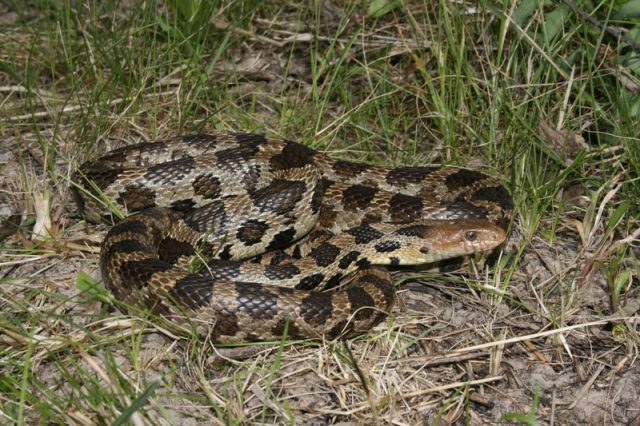Type the name of the breed you're looking for below
[wpdreams_ajaxsearchlite] Don't see the breed your're looking for? Click here and let us know!
Fox Snakes
| Place of Origin and Range | The eastern fox snake is uncommon throughout its restricted range in Ontario, Michigan, and Ohio, where it is found only near Lakes Huron and Erie and farmlands of western Michigan, Wisconsin, Minnesota, Illinois, Iowa, and South Dakota. |
| Description | These snakes display large, dark chestnut brown blotched areas with their underlying colour being a paler brown. |
| Morph Patterns Available | Yes |
| Adult Size | Can grow up to 6 feet(1.8m) |
| Accommodation | Associated with rain forests, clearings and prairie, they are usually found near water, into which they may quickly retreat if disturbed. They often hide under dead leaves on forest floor. Plenty of branches for climbing. Leafy plants will provide the required humidity and hides. These snakes like to be warm but in the shade. You will always want to include a large dish for bathing and soaking in to improve shedding. Always include a day basking spot at 80'F(27'C). Along with multiple hides. Minimum 2 x 2 x 4 feet for an adult. |
| Lifespan | Can live 10+ years |
| Feeding / Diet | In the winter months fox snakes will hibernate, often congregating with other snakes, even those of other species, in suitable den sites. The western fox snake takes a range of suitably sized mammals including mice, rats and even small rabbits while the eastern fox snake specializes in meadow voles and takes other prey much less frequently. Birds and other animals are also occasional prey. Both kill their prey by constriction, though small prey may be eaten without constriction. |
| Breeding | Mating occurs in the late spring and early summer months. A clutch averaging 15–20 eggs is laid in mid summer and normally hatches in early fall. |
| Other Considerations | Snakes are relatively hardy low maintenance animals when kept in the correct environment, and require little day to day care other than feeding and cleaning out the tank as required. However, like all animals, they can still become sick or injured despite our best intentions to prevent this. |



